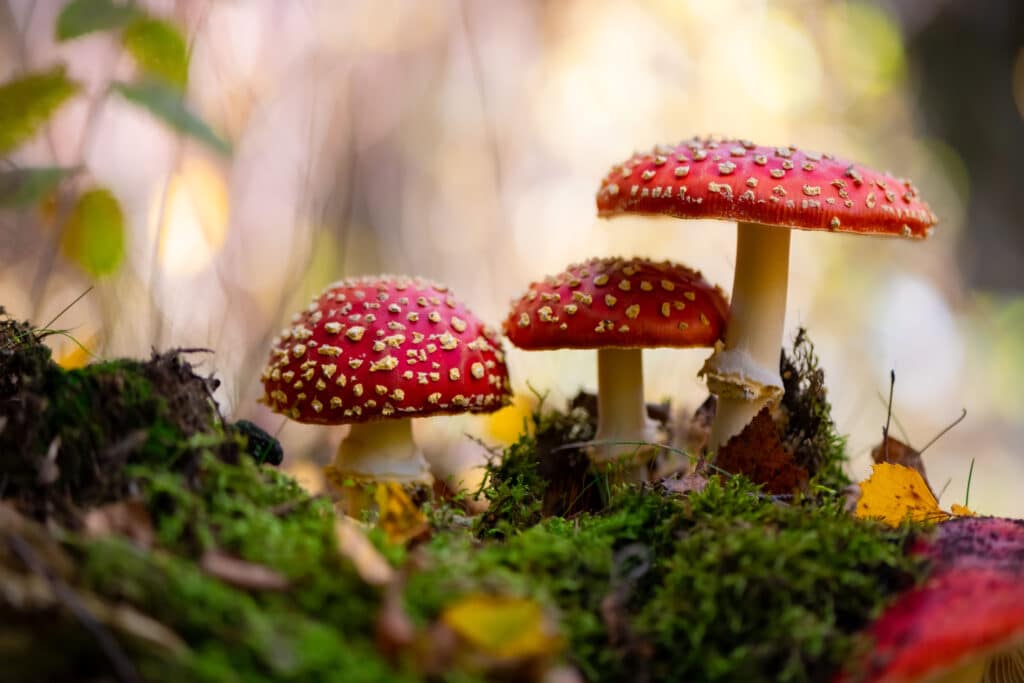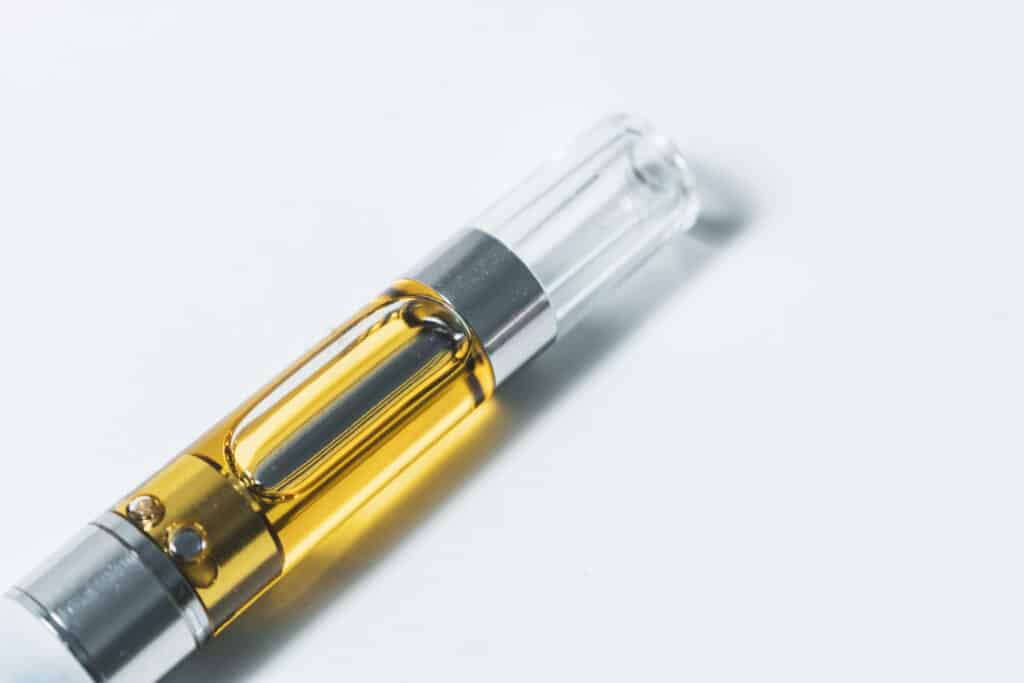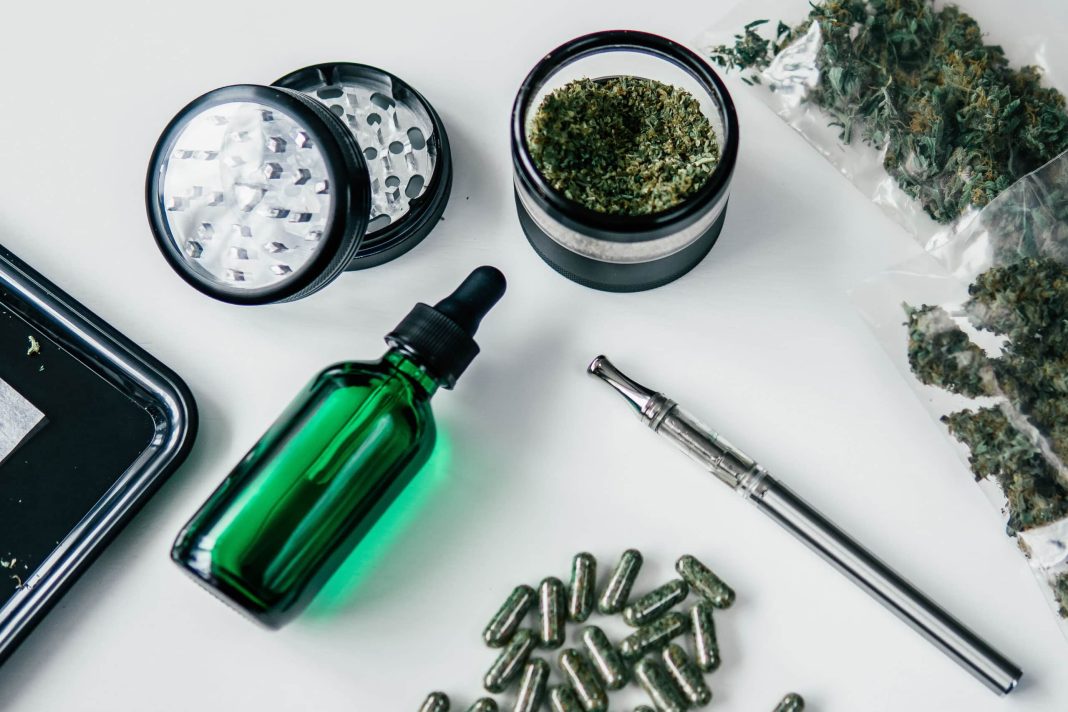When it comes to plant drugs, you often have the option of the plant, or manufactured products. Which is better? Read on…
Plant drugs
Not every drug is a plant. Though some like LSD and MDMA are based on plants or are synthesized using plants (ergot fungus and sassafras, respectively), some popular drugs, are nothing but a plant. Think of weed. We call it by this word because it’s literally a weed that grows by roadsides in many places. It doesn’t require any preparation beyond heating it; and plenty is gained without heat at all. Magic mushrooms are another great example of a basic plant drug that can be pulled from the ground and ingested, with no further preparation.
Beyond this, we have a range of drugs that started as natural, but were then processed into something stronger. Like heroin. Heroin is morphine processed with ascetic acid. Or cocaine, a processed form of coca leaves that involves nitric acid. In these cases there’s a certain amount of processing that goes on, but its done around the basis of the original plant. However, due to the processing; the results are a much more intense product. Cocaine is even processed further to make crack, a more intense version of cocaine.
Plant drugs have been used for thousands of years, long past recorded history. Some of what we know comes from fossilized findings, and carbon dated remnants. In terms of recorded history, from medical books to scripture; plants factor in as far as recordings go back. Different locations of the world worked with what they each had available. And they often came to the exact same understandings of a plant, in differing periods and locations; for which there would have been no communication or ways to share ideas.
Plants were (and are) widely used for spiritual purposes by many indigenous tribes the world over; as well as for medical treatments, and recreational use. Sometimes they are used so much, and so entrenched in culture; that modern governments allow them. Peyote is a great example. It’s used so widely by native cultures in the US, the federal government finally legalized the plant for spiritual use; a law that applies to anyone who wants to use the plant for this purpose, even beyond native tribes.
Synthetic drugs
The other side in plants vs manufactured products, is the manufactured products. These fall into two categories in my mind: products that are made from a plant, but produced in a different form; or completely synthesized, lab-made drugs. In either case, these products don’t grow directly out of the ground.
When it comes to products made from the plant, without creating a new drug; one of the best examples is vape products for cannabis and tobacco. And by this I specifically mean oil vapes, since dry herb vapes don’t require any level of production for the weed used. Oil vapes are vapes that use oil cartridges, and these cartridges contain compounds from the plants, that are leached into the oil. Instead of dealing with the plant, the user just deals with an oil cartridge and a battery.
Edible products are also included here. A brownie is not directly weed, and a gummy is not directly a mushroom. The drugs must be processed to some degree to create an edible form. This is something the average person can do in their kitchen with the right setup; but something for which there is a large and growing sales market, as well. Whereas you can choose what to put in when cooking at home; store-bought products include whatever ingredients the given company chose for their recipe.
When it comes to synthesized lab-made drugs, some examples are drugs like LSD, MDMA, antidepressants, synthetic opioids, Tylenol, and methamphetamine. There is no original form of any of these, so the only way they exist, is as lab-made products. Whether they’re synthesized using a plant is not important; as the drugs themselves are too different from the plants that they’re made from, to be associated with them in terms of effects.
Plants vs manufactured products – when manufactured is better
Some drugs only exist as one or the other. There is no natural form of methamphetamine, but there is also no lab-made version of salvia. Others exist in both realms. You can eat amanita mushrooms, or buy the gummy version; and same with cannabis. Both of these plants, and their accompanying industries, are great examples of the difference between plants and manufactured products.

Which is better? This is a matter of opinion. When it comes to weed, some manufactured products, like vapes, provide a more intense high than the plant itself; because they’re a more concentrated version. This is a useful concept for medicating; when often a very strong version of something is needed to get a medical effect. The weed industry provides both options, plants and manufactured products; and either can be decent in terms of effects, with manufactured products often offering a more intense experience.
Amanita mushrooms are another plant drug that has a good reason for manufacturing. These mushrooms come with a main compound that can make a person sick; though not enough to die. This compound, ibotenic acid, can be processed out through the decarboxylation method of boiling. This can be done by the individual who wants to use them; or by manufacturers who produce gummies or other edible products. In the latter case, all the user must do, is eat the product.
Manufactured products also come with the upside of dosing. We don’t all want or need the same amount, but its hard to know how much of the active compounds (or dangerous compounds) we’re taking in, when consuming plant material. Manufactured products generally have measured levels of compounds, creating a consistent experience; and making it easier for those who are less familiar with something, to get it right. This idea of consistency promotes the API market for pharmaceuticals.
Plants vs manufactured products – when plants are better
There are some issues, however, with manufactured products. Just like they can sometimes be more potent than their plant counterparts, sometimes it’s the opposite. Amanita mushrooms are once again a an applicable example. They’re newer to American culture, and don’t have a history of use as a plant. But they’re also hallucinogenic mushrooms (though different from psilocybin, as they work mainly off the compound muscimol). Producers seem generally afraid to create products with full-blown effects, which creates a market of products that don’t do much, even though the mushrooms themselves, do.
In terms of products being too strong, this is also an issue. A newer rise in emergency room visits is connected with very high THC products, which have become the norm. Whereas plants don’t generally have more than 20% THC (although this amount is incredibly inflated from earlier decades), manufactured products boast numbers like 90% THC. This is no longer in the standard realm of today; and its not shocking that more people get sick. Luckily, THC overdoses are not deadly, just uncomfortable.
Another issue is companies adding toxic substances. Not only does weed not need a lot of pesticides or other chemicals, it wasn’t an industry associated with them as a black market. Yet now with mass legal production, we’re suddenly dealing with sprayed weed, and overuse of agricultural chemicals. What once was a clean black market, is now a grossly dirty legal market; yet its the legal market that always brags about testing. Even though those tests back up just how dirty legal production is.

And then think about vapes. Weed might be sprayed with chemicals, but it doesn’t have to be. A vape cart doesn’t exist without the addition of some chemicals. Some are used that don’t have to be, like flavoring or colorants. But other things are necessary since its not a standard state for weed to be in, and it has to be preserved for transport. As such, things like stabilizers and preservatives (vitamin e-acetate) come into play. And this is beyond whatever other tinkering a manufacturer might do.
The same can be said for gummies, and other edibles. The US food market is not a pretty place, because regulation allows for tons of dangerous chemicals in food production. Sure, its possible to make a clean cannabis or mushroom edible, just like its possible to grow organic vegetables, or produce clean meat. However, just because something can happen, doesn’t mean it will. Edibles are food products; and liable to have a list of chemical ingredients, that only people with high level science degrees can pronounce.
Final thoughts
The reality is that for some drugs, both a plant option and a manufactured option, exist. It comes down to a buyer’s personal decision as to what is better. If you want the most basic, unadulterated form; the plant is best. But if you need a stronger product, want the convenience of vapes or edibles, need specific dosing, or have more trust in manufactured products; then this is probably the better option. Either way, if its well made/grown, you should definitely catch a buzz.
Hey all! Cool that you’re with us at Cannadelics.com; a news source in the independent realm, reporting on the most interesting stories in the growing cannabis and hallucinogen worlds. Hang out with us regularly to catch the updates; and get signed up to the Cannadelics Weekly Newsletter; so you’re always up on what’s going down.





